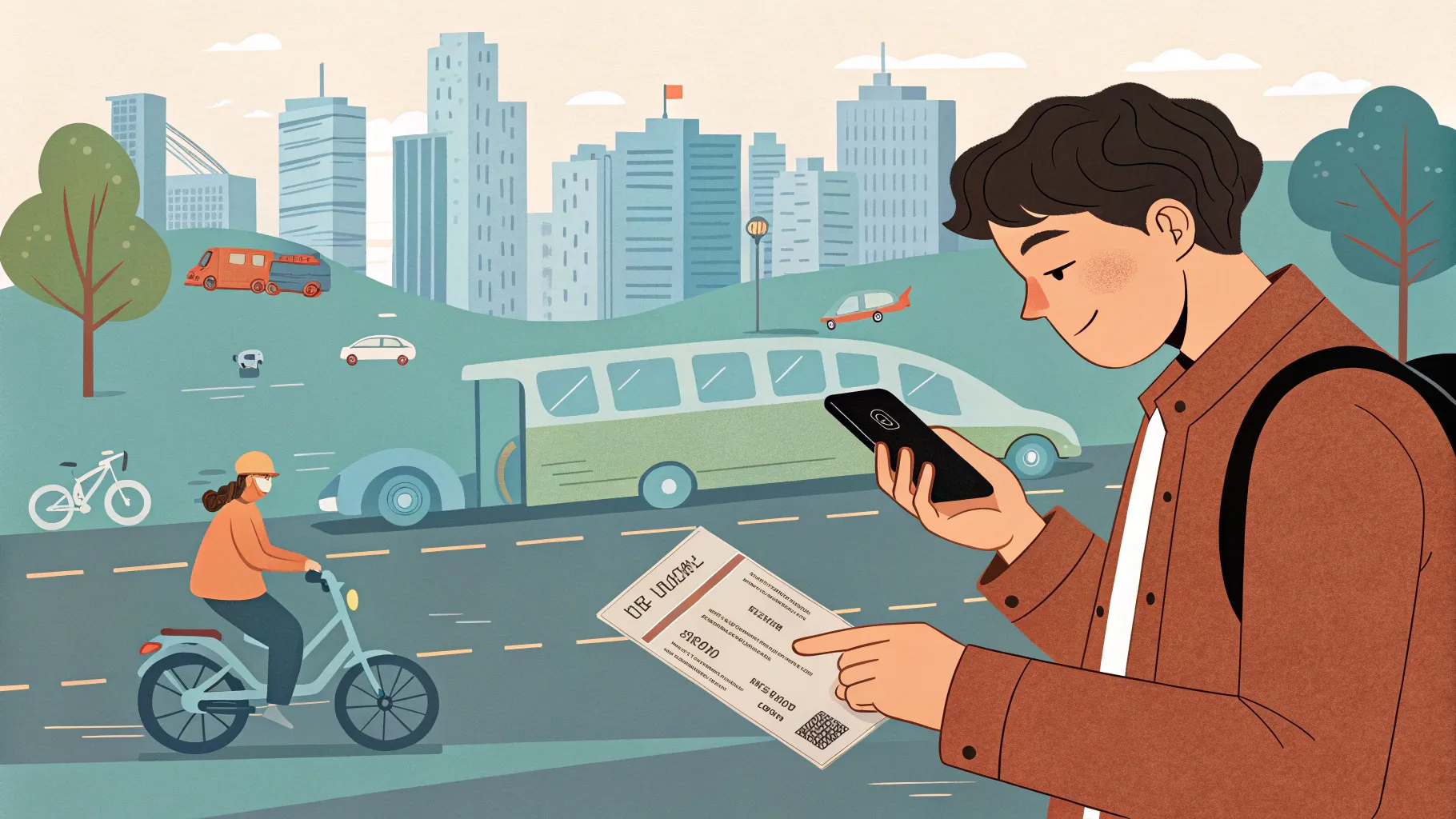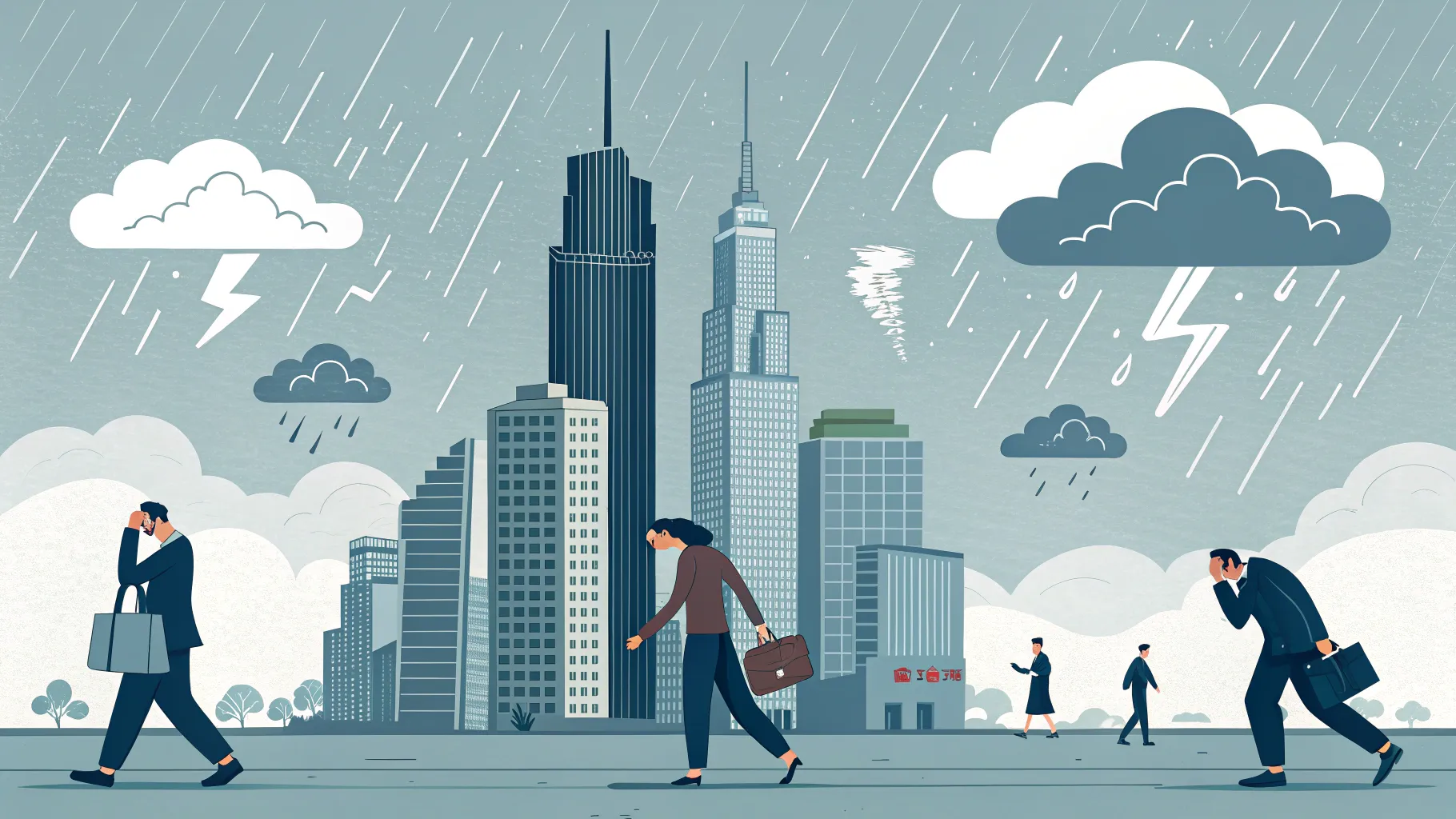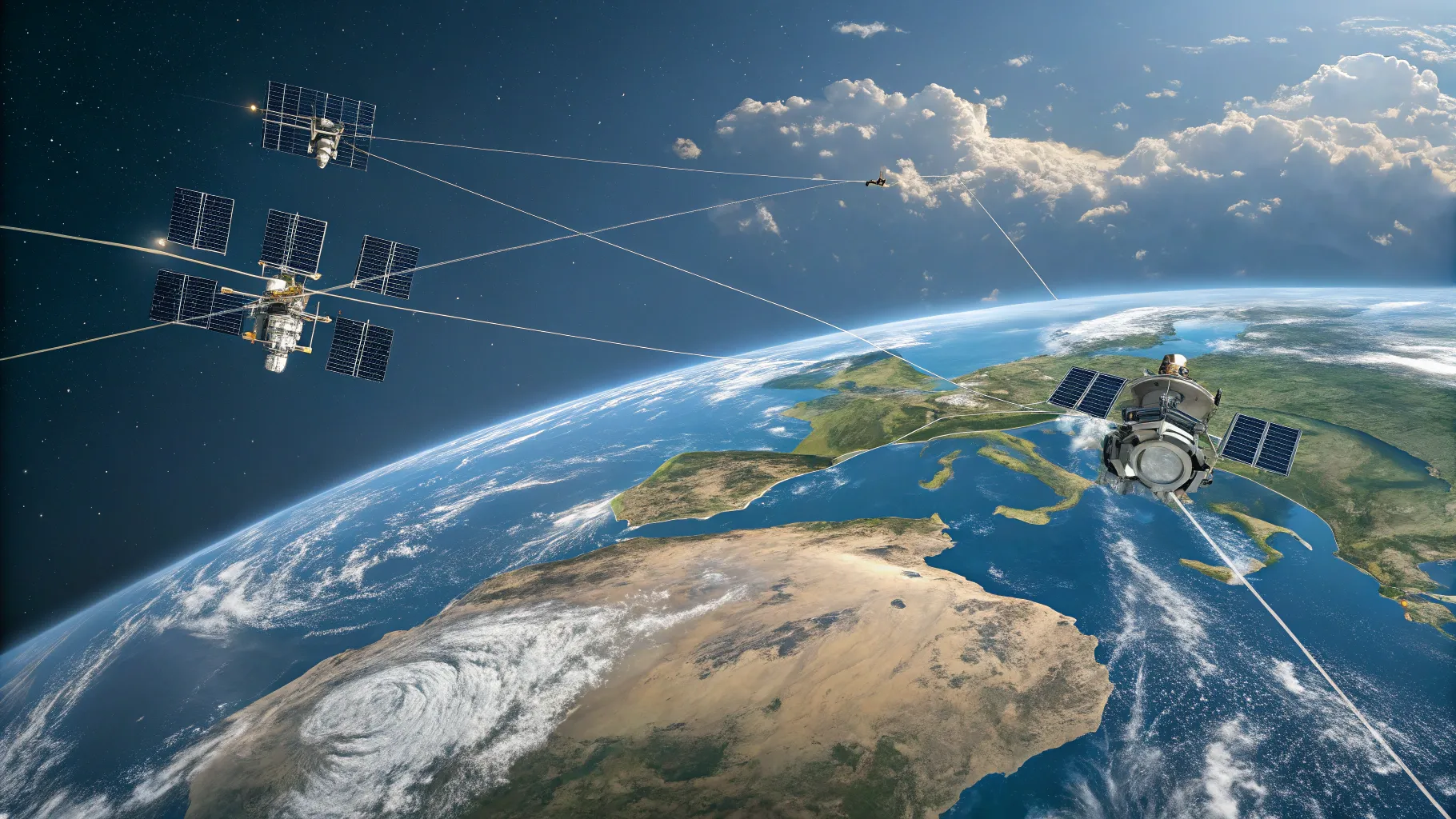
The driver’s license, once a coveted symbol of independence for American teenagers, is losing its appeal among Generation Z. Young adults are increasingly postponing or completely forgoing this traditional milestone, signaling a significant shift in how younger generations view mobility and freedom.
Data shows a steady decline in the percentage of teens obtaining driver’s licenses over the past decade. While previous generations rushed to driver’s education classes on their 16th birthdays, many Gen Zers are content to rely on alternatives or simply don’t see the urgency.
Economic Factors Driving the Trend
Financial considerations play a major role in this shift. The costs associated with driving have increased substantially, creating barriers for young people already facing economic challenges.
“The expenses add up quickly,” explains transportation researcher Dr. Maya Rodriguez. “Between purchasing a vehicle, insurance premiums that are particularly high for young drivers, maintenance costs, and fuel prices, driving represents a significant financial commitment that many young people simply can’t afford or choose not to prioritize.”
These economic pressures are especially relevant as Gen Z graduates into a job market marked by uncertainty, rising education costs, and housing affordability concerns.
Digital Alternatives to Physical Mobility
Unlike previous generations, Gen Z has grown up with technology that makes physical travel less necessary for social connection and access to services.
Social interactions that once required in-person meetings now happen through video calls and messaging apps. Shopping, entertainment, and even education have moved online, reducing the need to travel for daily activities.
Transportation analyst James Chen notes: “When you can order groceries, connect with friends, and access entertainment without leaving your home, the freedom a car once represented feels less essential.
The Rise of Alternative Transportation
Urban-dwelling Gen Zers in particular have embraced alternative transportation options:
- Ride-sharing services like Uber and Lyft
- Improved public transportation in many cities
- Bike-sharing programs and electric scooters
- Walking in pedestrian-friendly urban centers
These alternatives often prove more cost-effective than car ownership while aligning with environmental values that many young people prioritize.
I can get anywhere I need to go using public transit or ride-shares,” says 19-year-old college student Aiden Park. “Why would I take on the expense and stress of owning a car when I don’t need one?”
Environmental Consciousness
Environmental concerns also factor into Gen Z’s changing relationship with driving. As a generation particularly aware of climate change, many young people view car dependency as environmentally problematic.
Studies show Gen Z expresses stronger environmental concerns than previous generations at the same age. This translates to transportation choices that prioritize sustainability over convenience in many cases.
“My friends and I talk about carbon footprints,” explains 17-year-old high school student Emma Chen. “Getting my license just hasn’t been a priority when I think about the environmental impact of adding another car to the road.”
This shift represents more than just practical considerations—it reflects a fundamental change in values and priorities among younger Americans. While driving once symbolized freedom and independence, Gen Z finds these qualities through different means, whether digital connectivity, sustainable transportation choices, or freedom from financial burdens.
Transportation experts predict this trend will continue, potentially reshaping American transportation infrastructure and urban planning in coming decades. As Gen Z ages into positions of influence, their different relationship with driving may accelerate investments in public transit, walkable communities, and digital infrastructure rather than road expansion.
The declining interest in driver’s licenses among young people signals not just changing transportation preferences but a broader redefinition of what freedom means to a new generation.











Howie Jones
My name is Howie and I'm a Customer Success Manager at Calendar. I like to ensure our customers get the best experience using our product. If you have questions email me howie at calendar.com